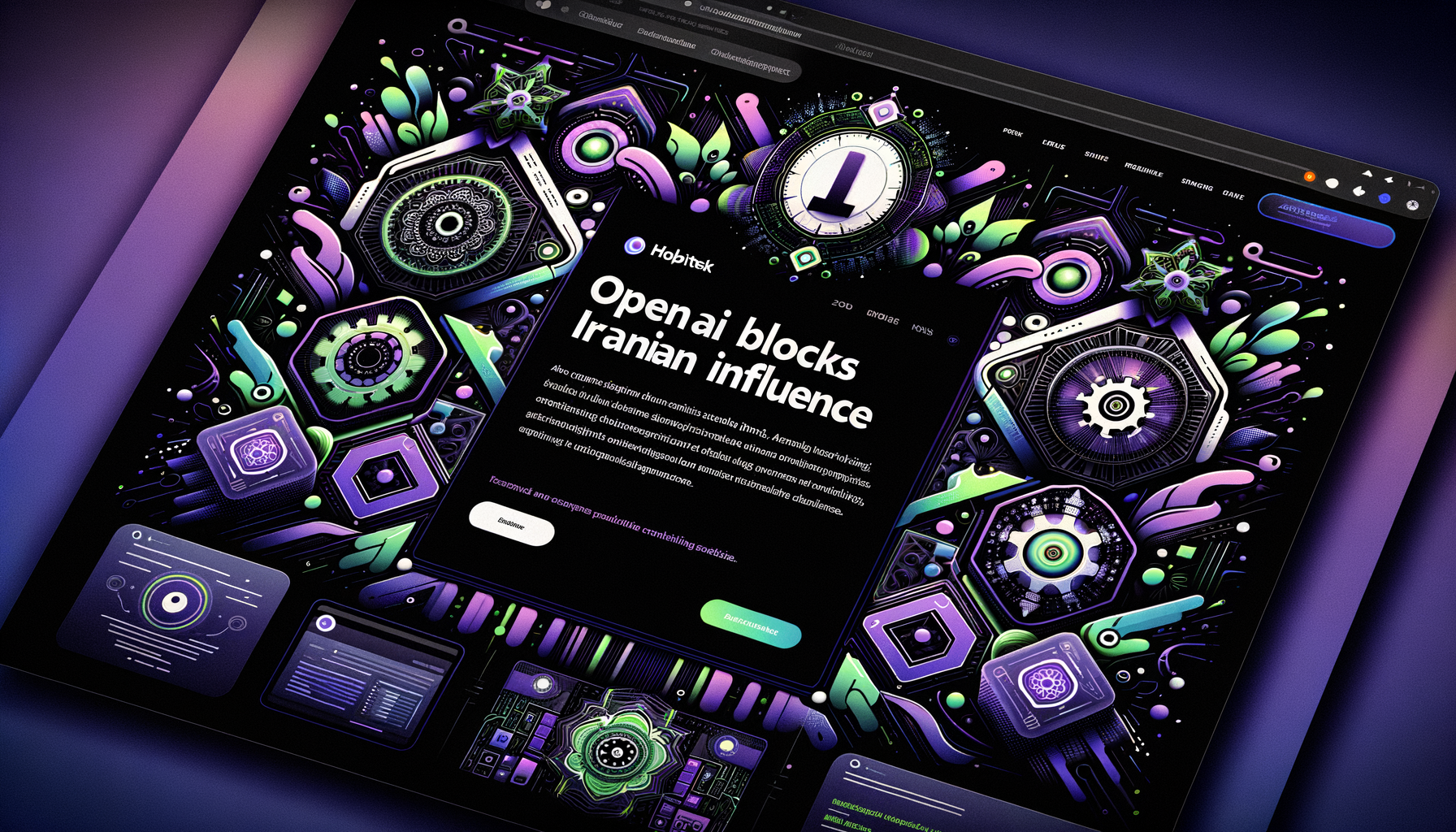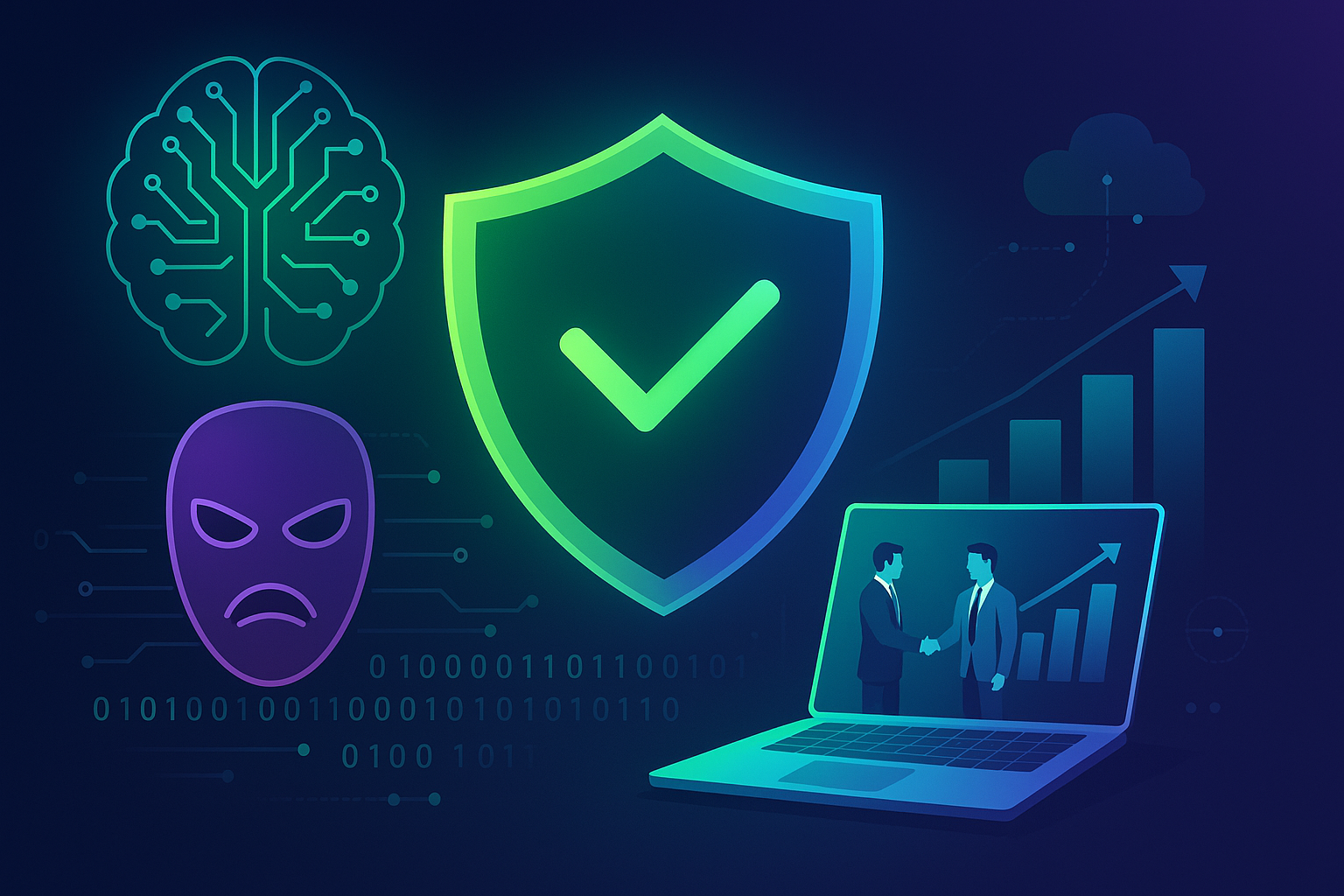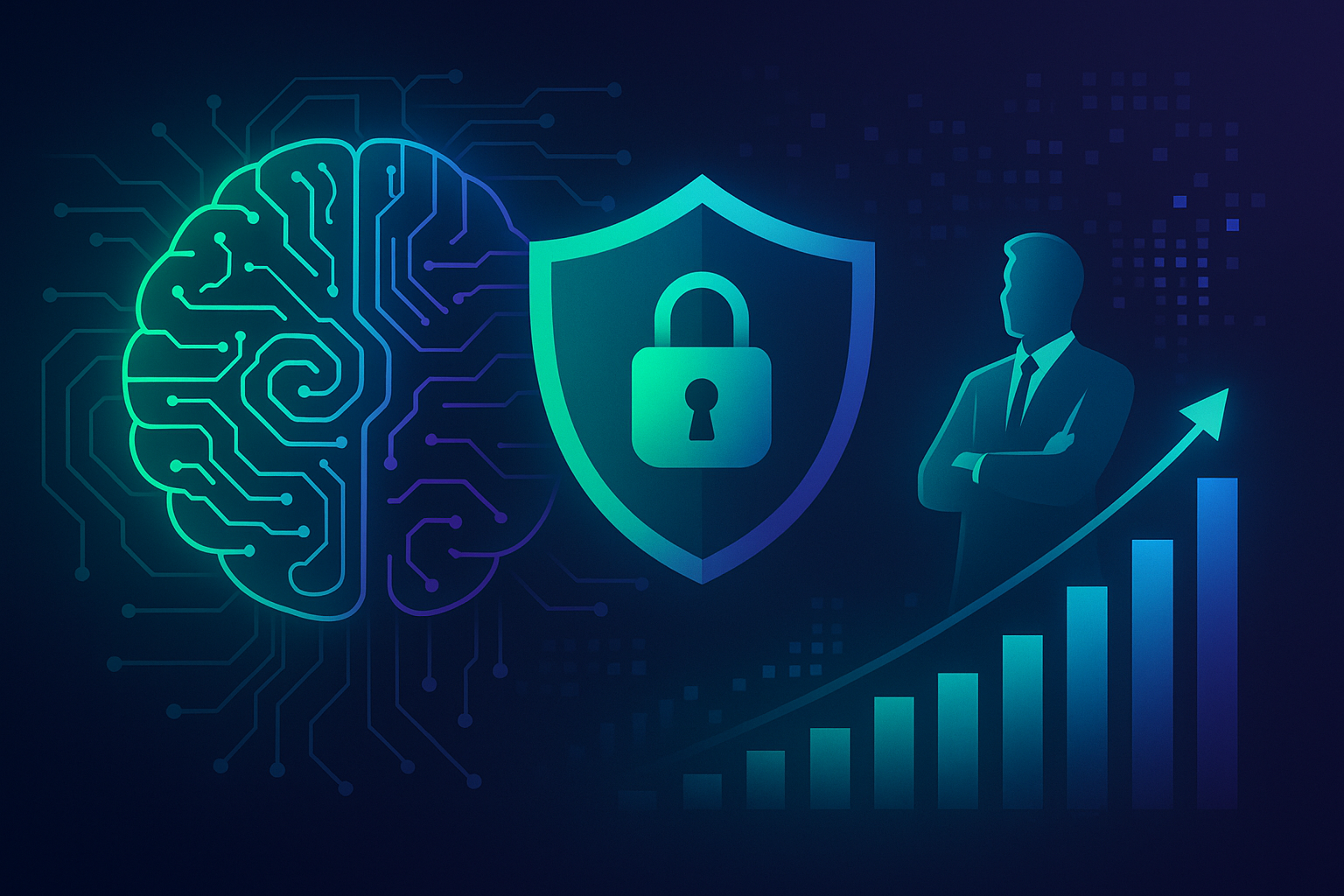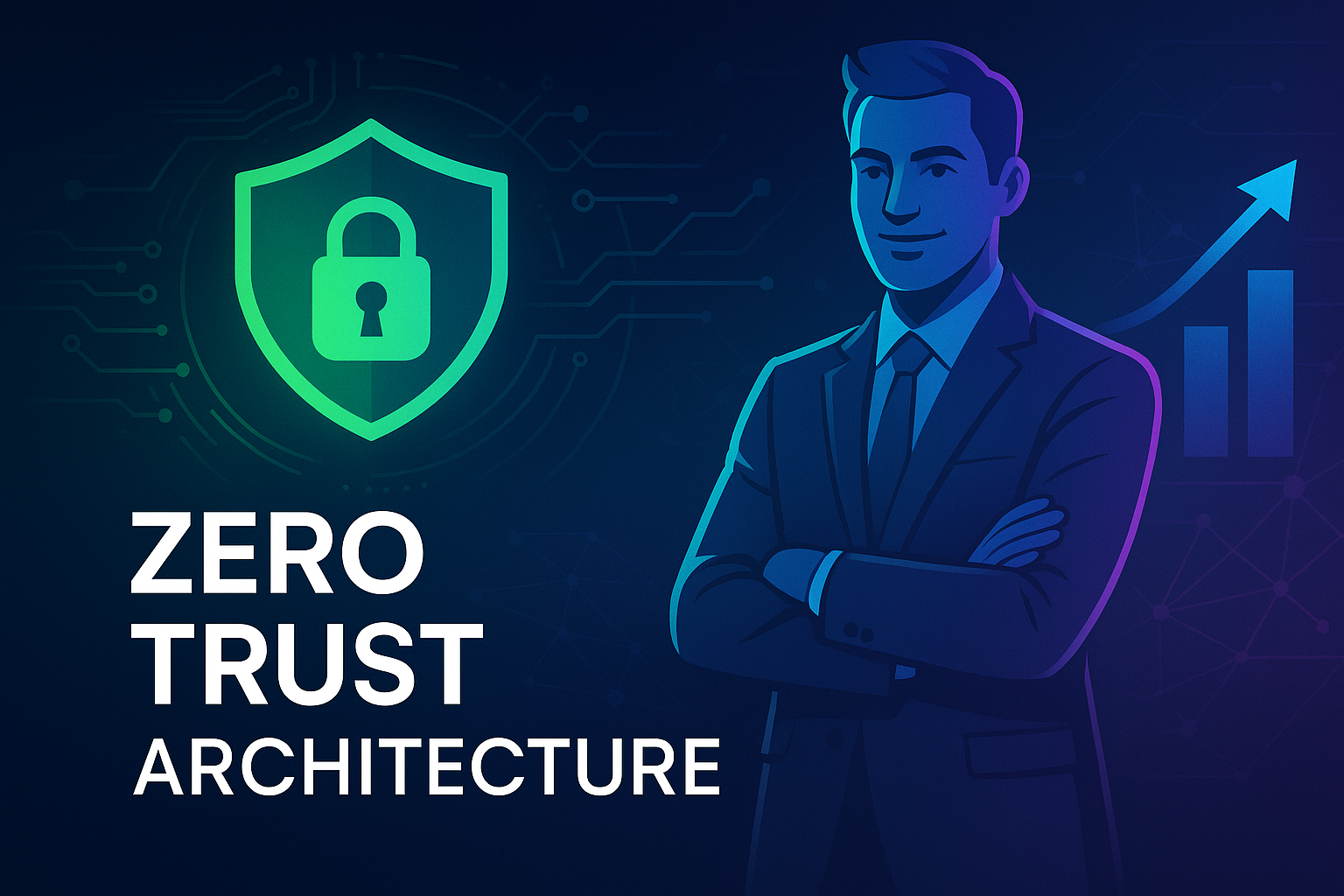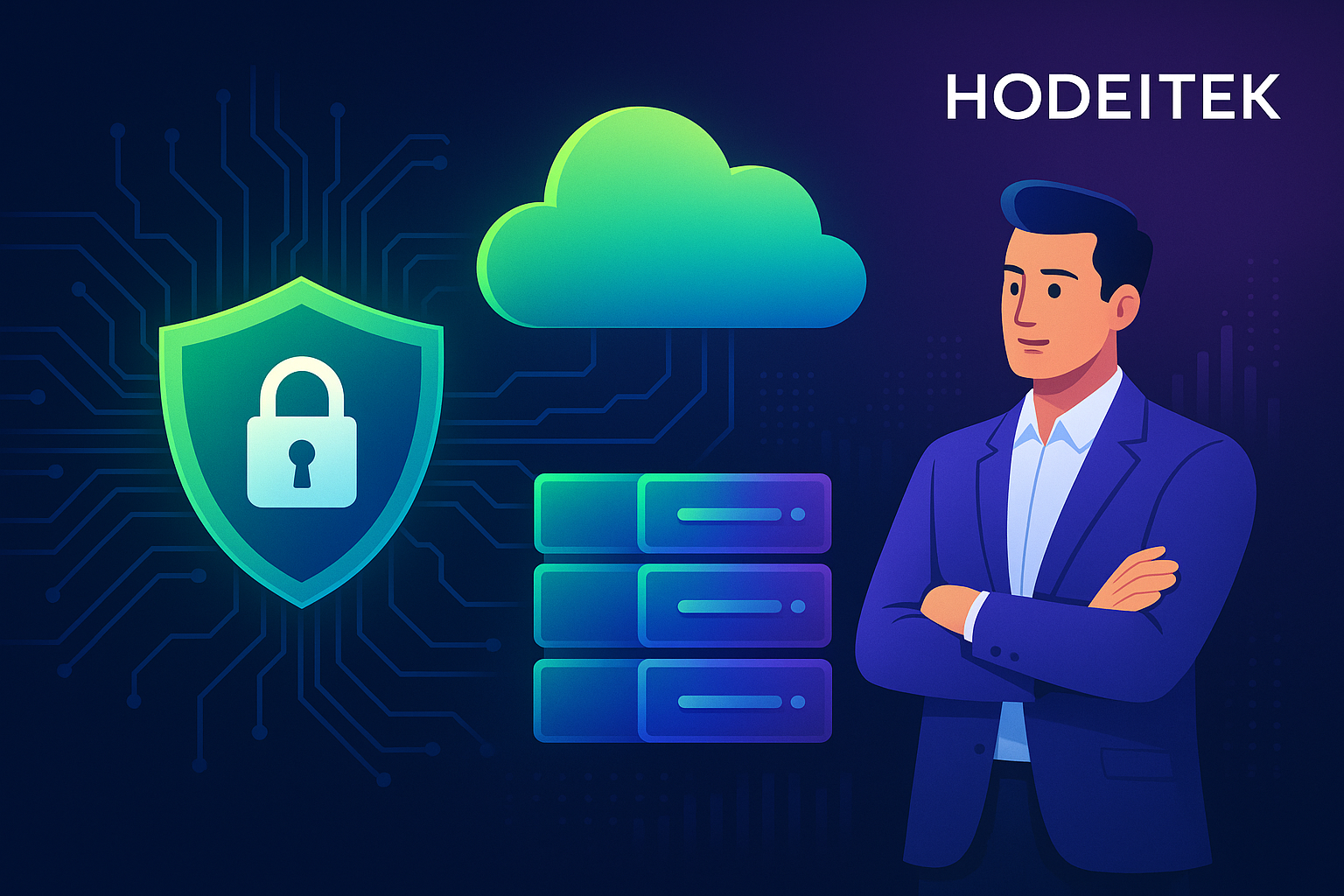OpenAI’s Block on Iranian Influence: Implications for Cybersecurity and AI Regulation
In a significant move, OpenAI recently announced measures to block Iranian influence on its platforms, triggering a wide array of consequences and discussions in the world of cybersecurity and artificial intelligence. This article aims to provide an exhaustive analysis of the situation, contrasting information from multiple reliable sources, while exploring its broader implications for organizations in Spain, the European Union, and beyond.
The News: Blocking Iranian Influence
In August 2024, OpenAI declared that it would be implementing stringent measures to prevent any Iranian entities or individuals from accessing its AI models and resources. This decision came on the heels of escalating concerns regarding misuse and manipulation by state actors, specifically from Iran, for espionage, disinformation, and cyber warfare purposes.
According to The Hacker News, this blockade is rooted in the intent to curb malicious activities and prevent sensitive technologies from falling into the wrong hands. OpenAI’s action is supported by various stakeholders who emphasize the importance of securing AI technologies from geopolitical adversaries. However, it also raises complex questions about the extent of technology access and the ethics of such restrictions.
The Geopolitical Context
Iran has long been viewed as a significant player in the realm of cyber warfare. Historical data indicates numerous instances where Iranian state-affiliated groups have been involved in cyberattacks targeting critical infrastructure and industries worldwide. These activities often aim to exfiltrate data, disrupt services, or spread misinformation. Reports from cybersecurity firms, such as FireEye, highlight past incidents like the Shamoon malware attacks targeting Saudi Aramco and other energy sector entities.
These cyber activities have prompted the necessity for robust defensive measures, including the deployment of advanced cybersecurity solutions. To learn more about our cybersecurity services, visit our Cybersecurity Services page.
The Importance of AI Regulation and Cybersecurity
OpenAI’s decision underscores the critical need for stringent AI regulations and advanced cybersecurity measures. In today’s interconnected digital landscape, cyber threats are not confined by geographic boundaries. Therefore, organizations need to leverage technologies like EDR (Endpoint Detection and Response), XDR (Extended Detection and Response), and MDR (Managed Detection and Response). These tools are essential for identifying and mitigating potential threats before they cause irreparable damage.
EDR, XDR, and MDR
EDR solutions focus on detecting and responding to threats at the endpoint level. This includes laptops, mobile devices, and servers operating within an enterprise network. Meanwhile, XDR extends this capability by integrating multiple security products into a unified platform, providing a holistic view of the threat landscape. MDR services, on the other hand, involve continuous monitoring and expert analysis to respond to threats effectively.
By leveraging these services, organizations can enhance their overall security posture, ensuring rapid detection and response to any unauthorized activities. For a deeper understanding, explore our detailed service offerings in EDR, XDR, and MDR.
Next Generation Firewall (NGFW)
Another critical component in the cybersecurity arsenal is the Next Generation Firewall (NGFW). Unlike traditional firewalls, NGFWs offer enhanced capabilities, including deep packet inspection, intrusion prevention systems (IPS), and application awareness. They are vital in defending against sophisticated threats that bypass conventional security mechanisms.
Implementing NGFWs can significantly reduce the risk of data breaches and unauthorized access, ensuring that your network infrastructure remains secure against evolving cyber threats.
The Role of Vulnerability Management
Vulnerability management plays a pivotal role in maintaining robust cybersecurity. With the increasing complexity of cyber threats, regular identification, assessment, and remediation of vulnerabilities are essential. Vulnerability Management as a Service (VMaaS) is an innovative solution that automates this process, offering continuous monitoring and expert insights to address potential security gaps promptly.
By adopting VMaaS, organizations can maintain a proactive stance, mitigating risks before malicious actors can exploit them. This proactive approach is crucial, especially in preventing data loss and ensuring compliance with regulatory standards.
SOC as a Service (SOCaaS)
Maintaining a Security Operations Center (SOC) is resource-intensive and requires specialized expertise. Industrial SOC as a Service (SOCaaS) provides a cost-effective alternative, offering 24×7 monitoring and incident response capabilities without the need for an in-house SOC team. Our SOCaaS solutions enable organizations to leverage expert analysis and state-of-the-art technologies to detect and respond to threats in real-time.
Industrial organizations, in particular, can benefit from Industrial SOC as a Service. This specialized service focuses on protecting critical infrastructure and industrial control systems (ICS) from sophisticated cyber threats, ensuring operational continuity.
Cyber Threat Intelligence (CTI)
In the fight against cyber threats, intelligence is a powerful tool. Cyber Threat Intelligence (CTI) involves collecting, analyzing, and disseminating information about potential threats, enabling organizations to anticipate and mitigate risks proactively. CTI can provide insights into threat actors, their tactics, techniques, and procedures (TTPs), and potential targets.
Using CTI, organizations can enhance their defensive strategies, inform security policies, and conduct threat hunting activities, ultimately reducing their risk exposure.
Data Loss Prevention (DLP)
Data is an invaluable asset, and its protection is paramount. Data Loss Prevention (DLP) technologies are designed to identify, monitor, and protect sensitive information from unauthorized access or exfiltration. DLP solutions can be deployed across endpoints, networks, and cloud environments, ensuring comprehensive data protection.
In the context of Iranian influence, deploying DLP can prevent unauthorized data transfers, thereby safeguarding intellectual property and maintaining regulatory compliance.
Web Application Firewall (WAF)
The rise in web-based attacks necessitates robust defense mechanisms for web applications. A Web Application Firewall (WAF) protects web applications by filtering and monitoring HTTP traffic between a web application and the Internet. It can block numerous types of threats, including SQL injection, cross-site scripting (XSS), and denial-of-service (DoS) attacks.
By implementing a WAF, organizations can ensure that their web applications remain secure and accessible, even in the face of sophisticated cyberattacks.
Conclusion
OpenAI’s decision to block Iranian influence underscores the pressing need for robust cybersecurity measures and regulatory oversight in the digital age. Organizations must equip themselves with advanced tools and services, such as EDR, XDR, MDR, NGFW, VMaaS, SOCaaS, CTI, DLP, and WAF, to protect their assets and ensure operational resilience.
Hodeitek offers a comprehensive suite of cybersecurity services tailored to meet the needs of modern enterprises. By partnering with us, you can leverage cutting-edge technologies and expert insights to stay ahead of evolving threats. Visit our Contact Page to learn more about how we can help you secure your digital landscape.
Stay informed, stay secure, and invest in the future of your organization with Hodeitek.
